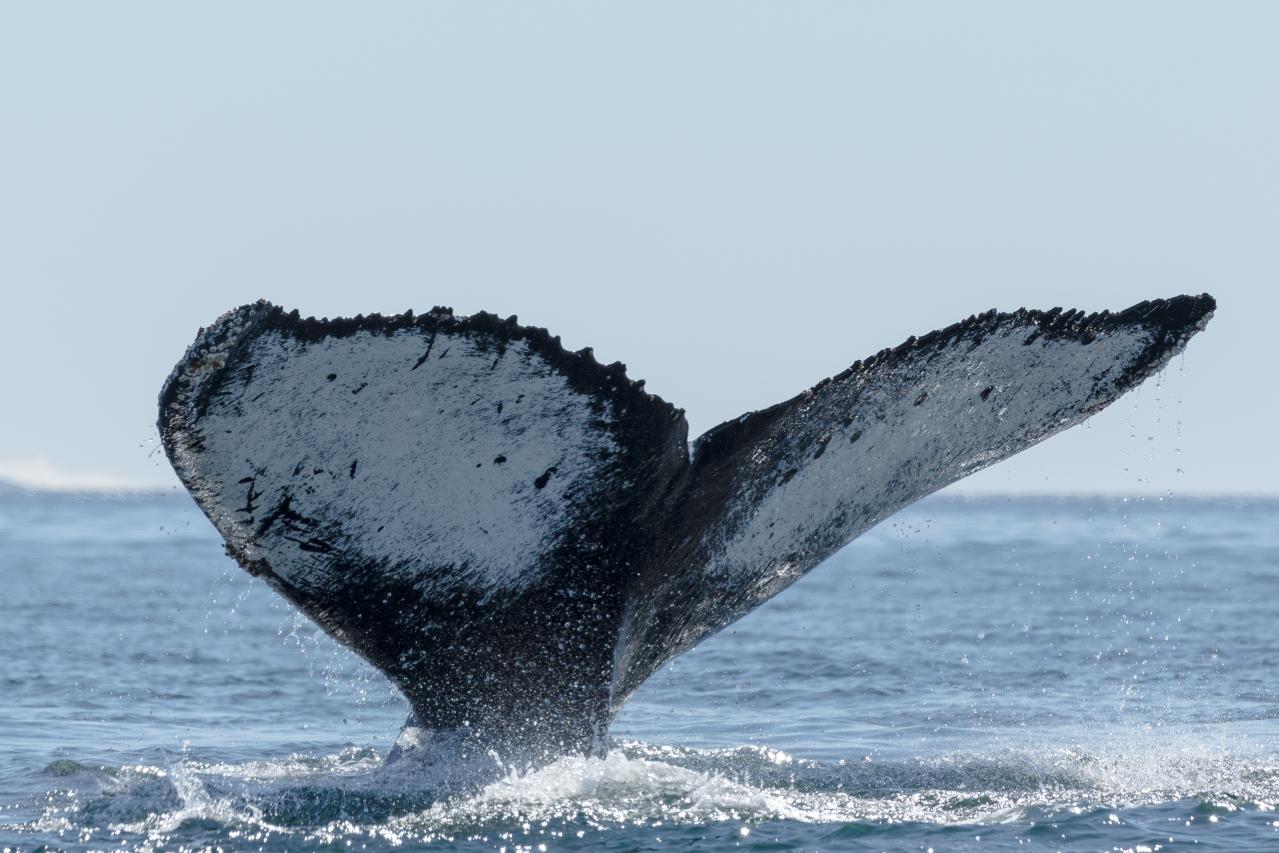You’ve pinpointed Antarctica as your bucket-list destination. Next question: When should you go if you want to see whales? Here’s all you need to know about when to travel to the White Continent for prime whale watching and what you’ll see while you’re there.
Late season is the great season if you want to experience whales in Antarctica. If you’re cruising from late October through March, you may be fortunate enough to spot one or two, but undoubtedly February and March are the best time to seek them in large pods, as they prepare to head north. There is nothing quite as naturally majestic as seeing hundreds of spouts of water rising from the sea in concert.
When Will I See Whales in Antarctica?
January, February and March are considered the best time to glimpse these graceful marine giants. The receding ice is starting to open up and allows for further exploration. The whales become fairly predictable in their feeding patterns, making them easier to find. Your cruise will likely hone in on Wilhelmina Bay (known affectionately as “Whale-mina Bay”), home to an extraordinary number of feasting whales at this time.
What Kind of Whales Will I See in Antarctica?
The long days of sunshine in late January and early February lead to a spawn of plankton and an abundance of krill - a veritable buffet for whales. You’ll likely see orca, sperm, southern right, minke and humpback whales, usually in groups of 6 to 10. They spend this precious time fattening up in advance of their migration north. Stick around in March, and you’ll get the added bonus of incredible night-sky viewing of the aurora australis (or Southern Lights).
What Else Can I See During Whale-Watching Season in Antarctica?
While the whales may be the stars of the show during this season, they’re not all that will capture your attention. January is peak season in Antarctica, with daylight around the clock. Snap photos of the fluffy penguin chicks, seals and whales. This is also a prime time to venture into the Ross Sea and see the huts that were used by expedition leaders Scott and Shackleton.
In February, the fur seals will be out in larger numbers - the seal pups are adorably curious as they venture away from their parents. This is also the most likely time to voyage all the way to the Polar Circle. If you’re in South Georgia, you can spot (and visit) wandering albatross nesting sites. Keep an eye out, too, for porpoises and dolphins, including the Hourglass, Peale’s and Commerson’s. As the calendar moves on to March, the season starts to wind down, but you’ll still see numerous whales and fur seals.
Ready to see the whales of Antarctica? Find out here if a journey to the White Continent is for you.

